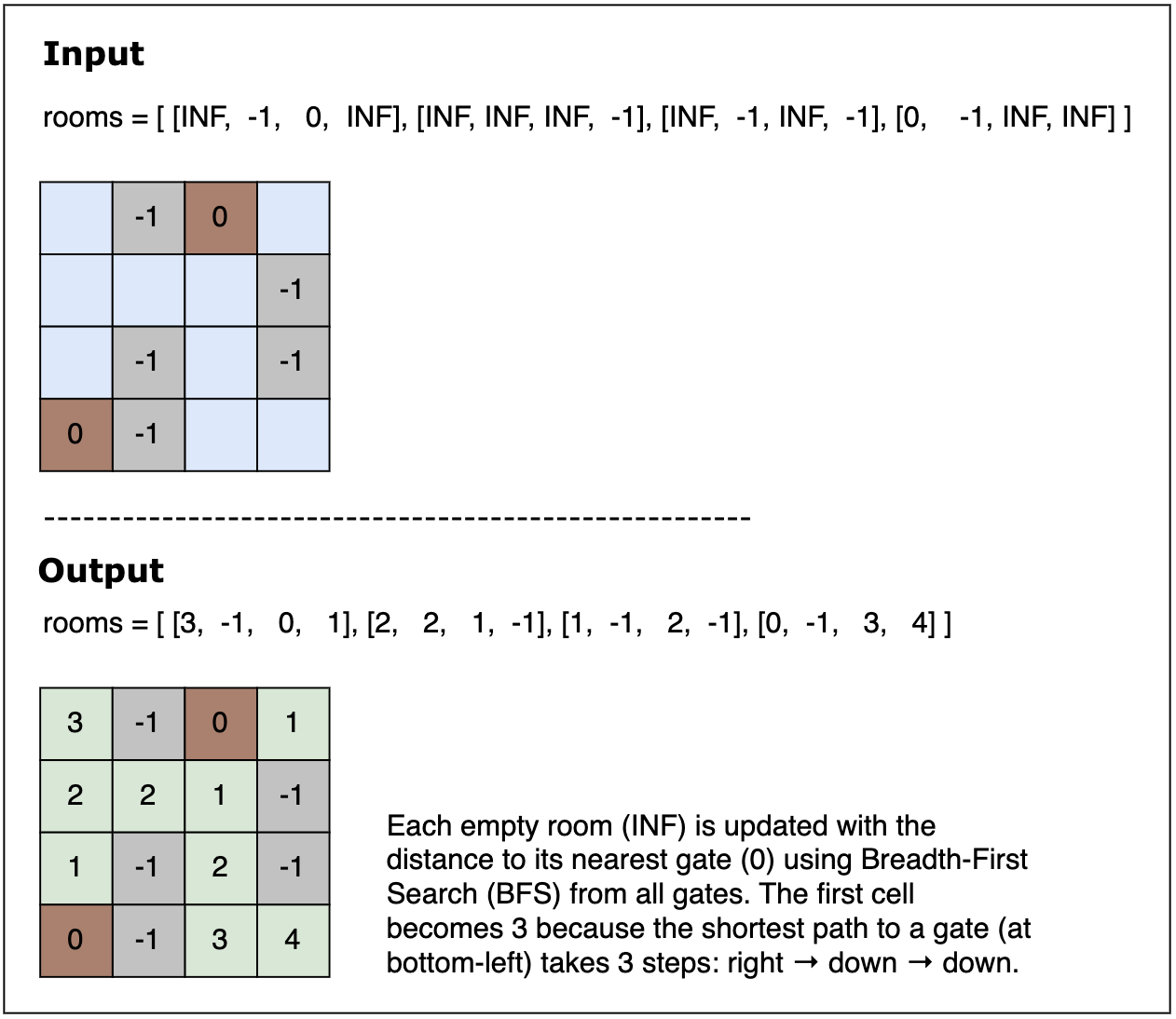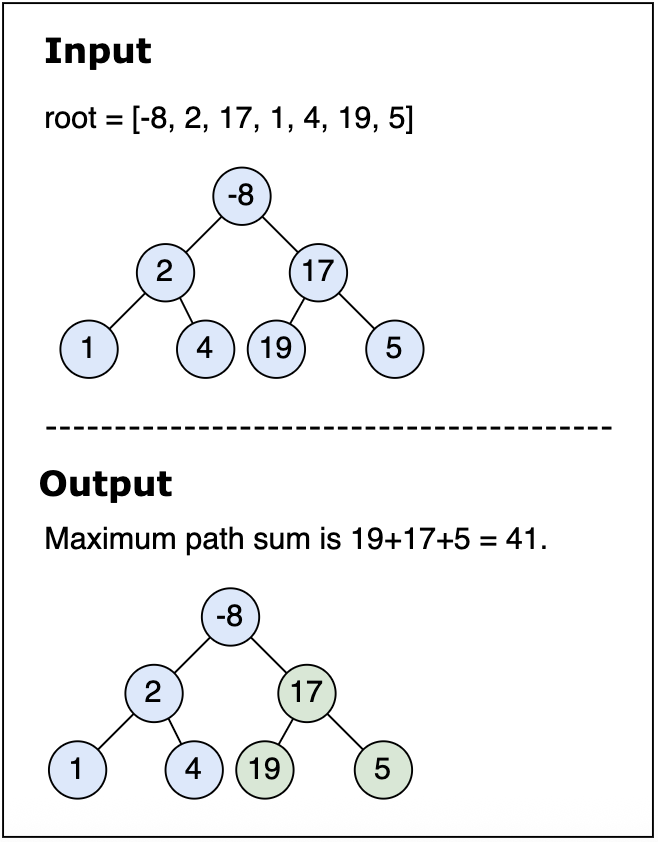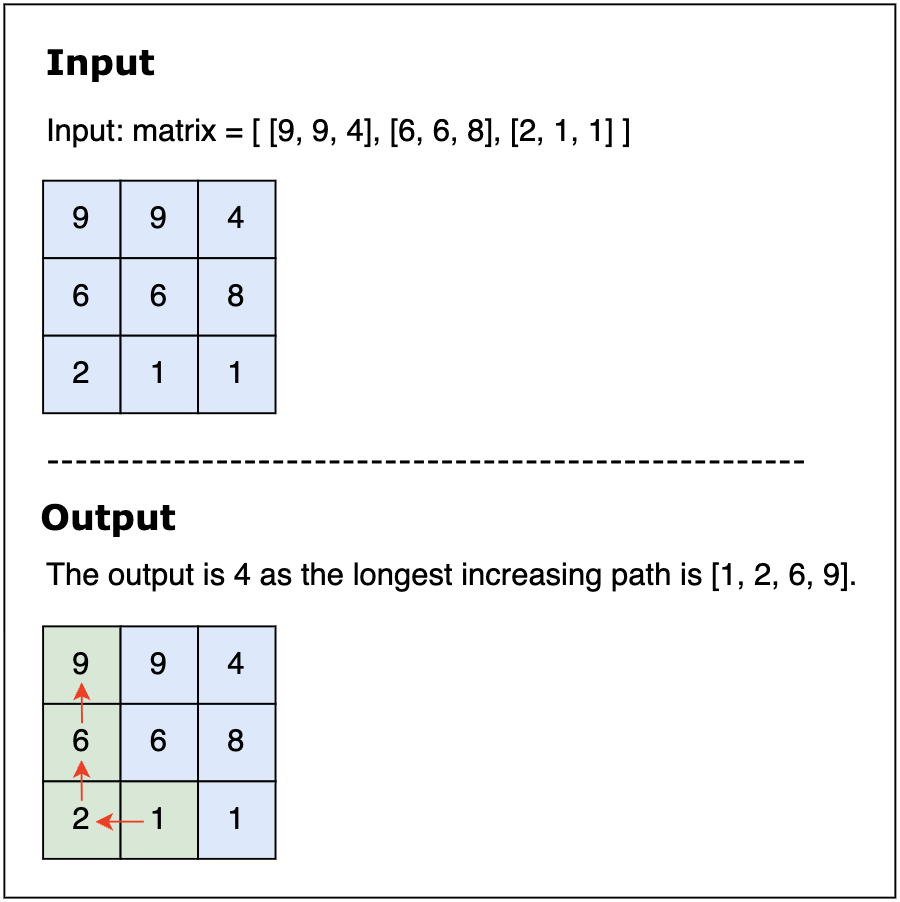DoorDash has become a pivotal player in the evolving gig economy, changing how food delivery services work across North US. It is a leading on-demand food delivery platform that connects customers with local and national restaurants. People are drawn to DoorDash because of its innovative, fast-paced culture and mission to empower local communities. Working at DoorDash means solving real-world logistics and tech challenges directly impacting people’s daily lives.
DoorDash’s rapid growth and focus on technology make it an attractive employer for professionals interested in logistics, consumer platforms, and data-driven problem-solving. As a company that values high performance, cultural fit, and innovation, its interviews are designed to assess technical acumen and behavioral alignment with its core values.
Technical interview questions
DoorDash’s technical interviews often include LeetCode-style coding problems that test algorithms and data structures. You should be ready to explain your solution clearly.
Let’s look at a few common coding problems that candidates often encounter during DoorDash interviews.
1. Walls and gates
Problem statement: You are given an m x n grid rooms, where each cell is one of three values:
0representing a gate-1representing a wall or obstacleINF(2147483647) representing an empty room
Fill each empty room with the distance to its nearest gate. If it is impossible to reach a gate, leave it as INF.
Example:

Solution:
Treat the grid as a graph. Treat the grid as a graph. The key idea is to simultaneously perform a multi-source breadth-first search (BFS) starting from all gates. First, enqueue all gate positions (cells with 0) with distance 0. Then run BFS—for each popped cell, explore its four neighbors (up, down, left, right). If a neighbor is in an empty room (INF), update its value to the current distance + 1, and enqueue it. Because BFS explores level by level, the first time we reach an empty room gives the shortest distance to any gate. This fills all reachable rooms with their nearest gate distance. BFS naturally finds shortest paths in an unweighted grid.
Solution code:
Walls and gates
Complexity analysis:
The time complexity is \( O(m \times n) \), where mmm and nnn are the grid dimensions. In the worst case, BFS visits each cell at most once. The space complexity is also \( O(m \times n) \) due to the queue (in the worst case, all cells might be enqueued).
2. Binary tree maximum path sum
Problem statement: Given the root of a binary tree (each node has an integer value), return the maximum path sum of any non-empty path.
Note: A path can start and end at any node in the tree and must go downward (traveling only from parent nodes to child nodes).
Example:

Solution:
We’ll use a depth-first search approach to solve this problem. The idea is to explore each node and calculate two things:
- The maximum path sum going down from its left child
- The maximum path sum going down from its right child
If either of these sums is negative, we treat it as zero, because including a negative path would only reduce the overall sum.
Once we have the best values from the left and right, we consider the best path that goes through the current node. This would be the current node’s value plus the best sum from the left and the best from the right. Using a global variable, we keep track of the highest value found anywhere in the tree.
Finally, when returning to the parent node, we can only choose one direction (left or right) because a path can’t fork upwards. So, we pass along the node’s value plus the higher of the two gains. By doing this for every node, we ensure all possible paths are considered, whether they pass through the root or not.
Solution code:
Binary Tree Maximum Path Sum
Complexity analysis:
Each node is visited once, so the time complexity is \( O(n) \) for \( n \) nodes. The recursion stack uses space \( O(h) \), where \( h \) is the height of the tree.
3. Longest increasing path in a matrix
Problem statement: Given an m x n integer matrix, return the length of the longest increasing path in the matrix.
Note: From each cell, you can move up, down, left, or right. You must move to a strictly greater value on each step.
Example:

Solution:
Treat the matrix as a directed acyclic graph (DAG), where edges go from lower to higher values. The goal is to find the longest increasing path in this graph.
We can use depth-first search (DFS) from each cell to explore increasing paths. To avoid recalculating the same paths multiple times, we use memoization. We create a cache (a matrix of the same size) where each cell stores the longest path starting from that cell.
For each cell:
- If the cache value is already computed (nonzero), return it.
- Otherwise, explore the four neighbors with higher values, calculate their longest paths, and store the maximum result plus 1 in the cache.
Finally, the longest path in the entire matrix is the maximum value in the cache.
Solution code:
Longest Increasing Path in a Matrix
Complexity analysis:
With memoization, each cell’s longest path is computed once, so the time complexity is \( O(m \times n) \) (each cell triggers constant work plus at most 4 DFS calls, but cached) and space complexity is \( O(m \times n) \) for the cache (plus recursion stack).
Other coding problems
After a few detailed examples, here are some additional LeetCode-style coding questions you might be asked in a DoorDash interview.
| Problem | Description |
| Shortest distance from all buildings | Given a grid with buildings, empty land, and obstacles, find an empty land such that the sum of distances to all buildings is minimized. |
| 01 matrix | Given a binary matrix, update each 1 to the distance to the nearest 0 cell. |
| Design in-memory file system | Implement a simple file system with commands like ls, mkdir, addContentToFile, and readContentFromFile. |
| Single-threaded CPU | Given some tasks with enqueue times and processing times, simulate a single CPU that always picks the available task with the smallest processing time (ties by index) and returns the processing order of the tasks. |
| Largest rectangle in histogram | Given the heights of bars in a histogram, find the area of the largest rectangle that can be formed. |
| Making a large island | In a grid of 0s and 1s, you may flip one 0 to 1. Compute the size of the largest island possible after one flip. |
| Maximum profit in job scheduling | Given jobs with start times, end times, and profits, schedule non-overlapping jobs to maximize total profit (classic weighted interval scheduling). |
These problems are good practice because DoorDash often tests your understanding of BFS/DFS, dynamic programming, and data structure techniques on grid and interval problems.
System Design interview questions
DoorDash’s System Design interviews focus on building scalable, reliable logistics and delivery systems. Interviewers expect familiarity with distributed systems concepts (databases, caching, messaging, etc.) and the ability to explain trade-offs.
Below are examples of some common design prompts at DoorDash, with key features to include and high-level design highlights.
1. Design a food delivery system (like DoorDash)
Problem: Build a back-end service for an on-demand food delivery platform. Users place orders from restaurants; Dashers pick up orders and deliver them. Support millions of orders and real-time status updates.
- Key features:
- Order placement: Users can browse menus, place orders with a chosen restaurant, and pay.
- Delivery management: The system assigns available dashers to new orders based on proximity and availability.
- Real-time tracking: Customers and restaurants can track the driver’s location and order status live.
- Scaling: Handle a high volume of concurrent orders and users, especially during peak meal times.
- Design highlights:
- Microservices: Separate services for Order Service, Restaurant Service, Driver Assignment Service, User Service, etc., to scale independently.
- Database: Use a mix of SQL (e.g., PostgreSQL) for core data (orders, users) and NoSQL/Redis for fast lookups (driver locations, restaurant menus).
- Messaging/queue: Use a message queue (Kafka/RabbitMQ) to decouple components (e.g., order events, notifications).
- Caching: Cache frequently accessed data (e.g., restaurant info, menus).
- Geo-services: Use geolocation indexing (e.g., geohashes in Redis) to match drivers to orders quickly.
- Load balancing: Spread traffic across servers and use a CDN for static content (if any).
2. Design a review system with ratings and monthly rewards
Problem: Build a platform where users can write reviews, rate them, and reward top reviews each month.
- Key features:
- Review Writing: Users can write reviews with titles, descriptions, and ratings (1—5 stars).
- Rating: Other users can rate reviews with upvotes/downvotes or stars.
- Monthly rewards: Best reviews are identified based on ratings and engagement, with rewards for top contributors.
- Design highlights:
- Database: Store reviews and ratings in a relational or NoSQL database (e.g., PostgreSQL, MongoDB).
- Rating system: Aggregate ratings for reviews and display a final score.
- Reward calculation: Run monthly jobs to identify top-rated reviews using rating and engagement metrics.
- Caching: Use Redis to cache review scores for fast retrieval.
- Scalability: Use horizontal scaling to handle increasing reviews and user traffic.
- Security: Prevent fake reviews and ratings with authentication, CAPTCHA, and moderation.
3. Design a real-time driver tracking system
Problem: Build a system to track delivery drivers (Dashers) on a live map. It should handle frequent GPS updates and push their locations to customers, restaurants, and internal monitoring dashboards.
- Key features:
- Location updates: The system should support high-frequency location updates from thousands of drivers.
- Low-latency delivery: It must ensure low-latency delivery of updates to front-end apps (customers tracking orders).
- Geodata handling: It should efficiently handle large amounts of geodata.
- Design highlights:
- Streaming API/WebSockets: Drivers’ apps send location updates (e.g., every few seconds) to the backend via a streaming protocol or WebSocket connection.
- Geospatial storage: Record current locations using a fast in-memory data store (like Redis with geospatial indexes).
- Real-time publish-subscribe: On the backend, use a pub/sub system (Kafka or Redis Pub/Sub) to broadcast driver updates to interested clients (e.g., user app watching their order).
- Rate limiting and smoothing: Limit update frequency to avoid overload and possibly smooth location updates if needed.
- Load balancing: Spread driver update traffic across multiple ingestion servers to prevent bottlenecks.
- Fault tolerance: Handle intermittent connectivity; e.g., cache the last known location for each driver.
Other System Design problems
Let’s quickly look at a few other examples of System Design problems.
| Problem | Description |
|---|---|
| Dynamic pricing system for delivery fees | Set delivery fees that adjust in real time based on demand, weather, distance, etc. |
| Scalable notification system | Send millions of real-time notifications across push, SMS, and email channels. |
| Scalable payment processing system | Securely process payments and payouts while handling fraud, retries, and gateway failures. |
Behavioral interview questions
DoorDash places a strong emphasis on cultural fit. In their behavioral interviews, they ask questions to see if you align with their values, such as leadership, ownership, a willingness to learn, and teamwork. Structure your answers using the STAR method (situation, task, action, result). Here are some common DoorDash behavioral questions, with tips and example answers:
1. We value innovation at DoorDash. Can you share when you introduced a new idea or improved a process at work?
Example answer: At my previous role, I noticed that our QA team was spending a lot of time manually verifying user flows for each release. I proposed introducing automated end-to-end testing using Cypress. I built a basic framework as a proof of concept and demonstrated how it could reduce regression testing time. After approval, we fully implemented the framework, cutting down release verification time by 40%. It improved our release velocity and reduced post-release bugs significantly.
2. DoorDash’s environment can be fast-paced and high-pressure. Tell us about a time you stayed effective under pressure.
Example answer: During a major product launch, a critical bug surfaced just hours before the release deadline. While the team panicked, I quickly organized a short triage meeting to isolate the issue. I coordinated with QA and backend teams and personally debugged the problem. Within two hours, we had a fix ready and successfully pushed it to staging. We met the deadline without compromising quality. That experience taught me how to stay composed and lead under pressure.
3. What does excellent customer service mean to you, and how have you demonstrated it in a past role?
Example answer: To me, excellent customer service means being proactive, responsive, and deeply understanding the user’s needs. While working on an internal tool, I regularly met with the customer support team to understand their pain points. Based on their feedback, I redesigned the interface and added shortcuts for frequent actions. Their productivity improved, and the team appreciated their feedback being valued and acted on.
4. We believe strong research leads to better outcomes. Do you prefer to dive in or gather data first, and why?
Example answer: I strongly believe in gathering data before diving in. In one case, I was tasked with optimizing the checkout experience. Instead of making assumptions, I analyzed user behavior through heatmaps and funnel data. This showed us where users were dropping off. We then ran surveys and A/B tests based on those insights. As a result, we streamlined the process and increased conversion rates by 12%. Research helped us target the real issue instead of guessing.
5. Why do you want to work at DoorDash?
Example answer: I’m excited about DoorDash’s mission to empower local communities and its fast-paced culture. I admire how DoorDash encourages ownership and taking initiative (“Be an owner”) and promotes a continuous improvement mindset (“1% better every day”). These values resonate with me. I want to be part of a team that solves real problems for millions of users. My experience building scalable services will help DoorDash innovate further while also helping local businesses grow.
Other behavioral interview questions
Below are some more example behavioral questions for you to ponder:
| Category | Example Behavioral Questions |
|---|---|
| Teamwork | Team collaboration is critical. Describe a time when you had to work with cross-functional teams to solve a problem. |
| Growth Mindset | Tell us about a situation where you received critical feedback. How did you handle it, and what did you learn? |
| Problem Solving | Sometimes we work with limited resources or time. Share a story where you delivered results despite constraints. |
| Decision Making | Can you describe a time you had to make a tough decision with incomplete information? What was your approach? |
| Adaptability | Describe when you had to learn a new tool or skill quickly to complete a task or project. |
Recommended resources for practice
- Grokking the Coding Interview Patterns: Master 26 essential coding patterns to solve thousands of LeetCode-style questions. Efficiently prepare for coding interviews with the ultimate course created by FAANG engineers.
- Grokking the Modern System Design Interview: This is the ultimate guide to the System Design interview, developed by FAANG engineers. Master distributed system fundamentals and practice with real-world interview questions and mock interviews.
- Grokking the Behavioral Interview: Whether you’re a software engineer, product manager, or engineering manager, this course will give you the tools to thoroughly prepare for behavioral and cultural questions. But beyond even technical roles, this would be useful for anyone in any profession.
- Grokking the Product Architecture Design Interview: This is an essential guide to API design and product design interviews, developed by FAANG engineers. Master product design fundamentals and get hands-on with real-world APIs.
Preparing for a DoorDash interview means showing more than technical skills. It’s about demonstrating your ability to solve real-world problems at scale, thrive in a fast-paced environment, and stay customer-obsessed. By practicing these questions and refining your problem-solving approach, you’ll be well-prepared to stand out.
Good luck with your DoorDash interview!
